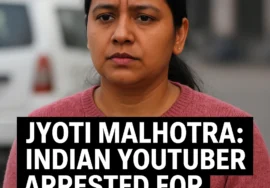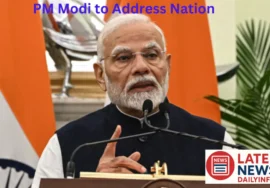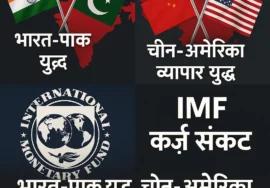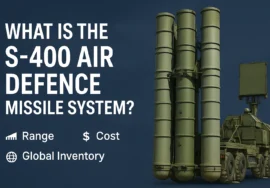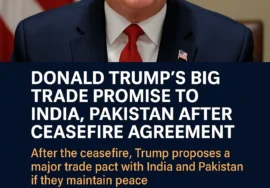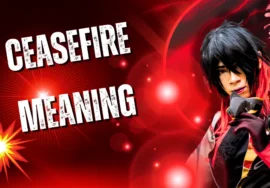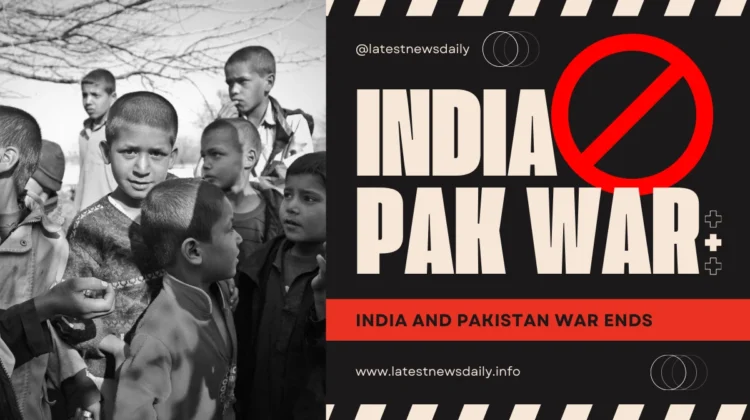
India and Pakistan War Ends: A New Dawn for South Asia
The Big News – A Ceasefire That Brings Hope
In a surprising but much-welcomed move, India and Pakistan have officially agreed to an immediate ceasefire across all sectors of the Line of Control (LoC). After years of periodic tension and border skirmishes, this joint decision comes as a relief not only for the two nations but also for global observers, peace advocates, and neighboring countries in South Asia.
The official statement, released jointly by both militaries, signals a commitment to uphold the 2003 ceasefire agreement, which had been repeatedly violated in recent years. Officials have expressed mutual interest in fostering “a peaceful environment conducive to the development of both nations.”
For the average citizen on either side of the border, this news comes with a sense of cautious optimism. While ceasefire announcements have been made in the past, this time feels different—more coordinated, more transparent, and seemingly more committed.
After weeks of escalating tension, intense media coverage, and heartbreaking images, the war between India and Pakistan has officially come to an end. Both nations have declared a mutual ceasefire, facilitated by urgent diplomatic interventions from global powers and neighboring countries.
From Kashmir to Karachi and from Punjab to Pune, people are uniting in one collective sigh of relief: “Bas ab aur nahi.”
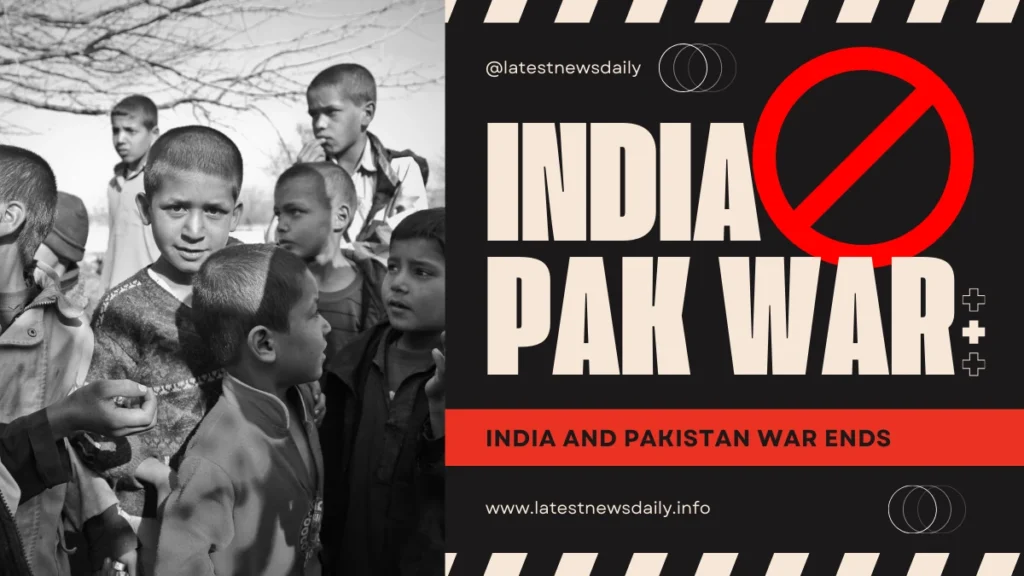
The Bigger Picture: What the War Taught Us
1. The Human Cost Was Too High
This wasn’t a war between governments—it was a war between neighbors. Families were torn apart. Civilians caught in the crossfire became unwilling victims. For many, the trauma will linger long after the last bullet was fired.
Hospitals overflowed. Markets crashed. Refugees lined up at temporary shelters. It reminded us all: there are no real winners in war—only survivors.
“We lit candles every night, not knowing if we’d see our son again,” shared a mother in Lahore, whose son was posted at the border. “Now that it’s over, I just want normal life back.”
2. Economic Setbacks Hit Both Sides Hard
As missiles flew, currencies dropped, foreign investors pulled out, and trade halted. Industries like agriculture, tech, and tourism suffered significant losses. Businesses on both sides faced shutdowns due to supply chain freezes and security curfews.
The war has highlighted how deeply interconnected the two economies are. If peace can prevail, cross-border commerce, tourism, and joint ventures could create jobs and lift millions from poverty.
3. Digital Misinformation Made Things Worse
Another key lesson from this conflict was the role of social media-fueled propaganda. False news, edited videos, and emotionally charged content spread like wildfire, igniting anger and nationalism without facts.
Going forward, both countries need better media literacy, cross-border communication, and independent journalism to stop digital conflict from becoming real-world bloodshed.
What’s Next? Peace Isn’t Just a Pause—It’s a Path
Now that the war has ended, the spotlight turns to the rebuilding phase. This is where leadership, civil society, and everyday citizens have an opportunity to turn this ceasefire into a meaningful peace process.
A. Policy Makers: From Strategy to Stability
Governments must establish:
- A permanent ceasefire mechanism with real-time violation tracking
- Diplomatic forums focused on water-sharing, border management, and trade revival
- Military de-escalation protocols to prevent future flare-ups
Peace isn’t a one-time event—it’s an ongoing strategy. And that strategy needs structure, transparency, and sustained commitment.
B. Businesses: Unlocking Regional Growth
With the guns silent, economic corridors and cross-border ventures can finally take shape. From the Wagah trade route to shared tech incubators, there’s vast untapped potential for:
- Export-import startups
- Cross-border logistics platforms
- Agriculture and textile collaborations
South Asia could become a hub of innovation and commerce—but only if both nations choose cooperation over competition.
C. Citizens: Building Bridges from the Ground Up
Real peace doesn’t come from politicians. It comes from people.
- Artists and filmmakers can collaborate to rewrite narratives of unity
- Educators can lead exchange programs to foster cultural empathy
- Youth movements can become the voice of a generation that says “enough is enough”
Every WhatsApp forward, every tweet, every school curriculum can either heal or hurt. Let’s choose to heal.
❓ Tactical FAQs
Is the war truly over or just paused?
The current agreement includes a complete ceasefire with international monitoring, but lasting peace depends on follow-up diplomacy.
Will border trade and travel resume soon?
Yes, discussions are already underway to resume visa processing, trade routes, and cultural exchanges, especially for religious tourism.
Can Kashmir see peace now?
It’s early to say, but the ceasefire opens a window for dialogue on autonomy, local governance, and regional cooperation.
Final Thoughts: Peace is a Process, Not a Promise
The end of the India-Pakistan war is a beginning, not a conclusion. The world has seen how fragile peace can be—but it has also seen the resilience of people who refuse to give in to hate.
Let’s not wait for another conflict to remember the cost of war. Let’s invest in peace—every day, at every level.
Because this generation doesn’t want borders drawn in blood. It wants bridges built with belief.



